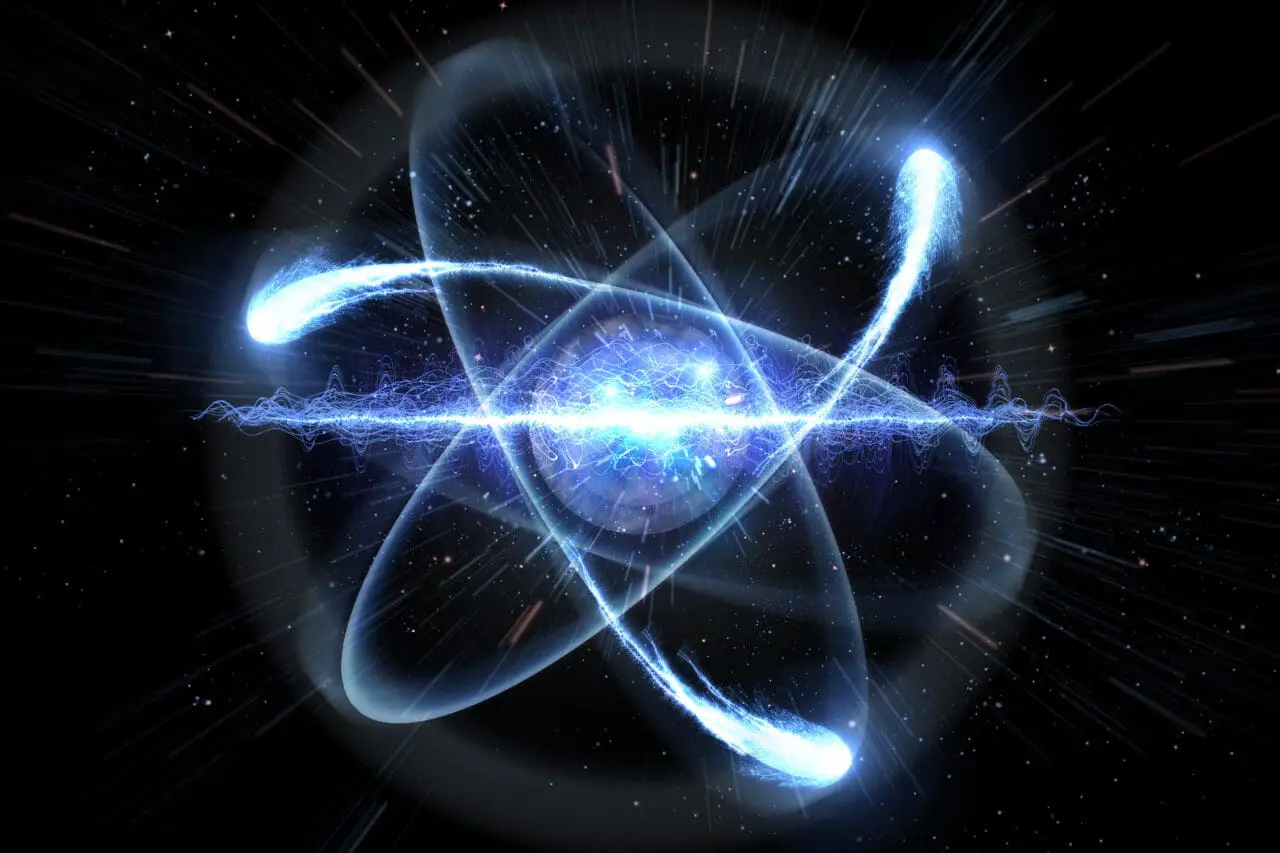

US scientists have announced a significant breakthrough in their efforts to create nuclear fusion energy after producing more power from a fusion experiment than was put in for the first time ever.
Whereas existing nuclear power plants split atoms in a process known as ‘fission’ to generate energy, ‘fusion’ creates energy by fusing atoms (hence ‘fusion’), which is the same process that powers our sun. The fusion process, which can develop temperatures much hotter than the sun, is achieved by combining lighter elements (hydrogen) to make a heavier one (helium). Fusion reactors use powerful magnetic fields (magnetised target fusion) to control charged gas/plasma and keep it within a container.
Fusion power, described by National Geographic (2019) as the “holy grail for the future of nuclear power”, is safer than fission nuclear power, produces very little radioactive waste, and is a carbon-free energy source.
This latest nuclear fusion breakthrough was made at the National Ignition Facility at the Lawrence Livermore National Laboratory (LLNL) in California. The experiment reportedly focused 192 lasers on a small metal that can heat and compress the hydrogen fuel (to more than 100 billion times that of Earth’s atmosphere). This created temperatures multiple times hotter than the sun’s centre (100 million degrees Celsius), resulting in a brief nuclear fusion reaction. However, the significant aspect of the response on this occasion (it has been tried many times before) was that more energy was produced from the fusion experiment than was put in to make it happen.
Now more than ever, the race is on to find an effective way to supply a limitless, clean, cost-effective, and safe power source which can benefit us all, help the environment, plus create new opportunities in a whole new sector. Although producing more energy from a fusion experiment than was put in may not sound like a breakthrough, the complexity of being able to generate massive temperatures and pressure in a controlled and safe way shouldn’t be underestimated. This result is being hailed as a turning point and a significant step which shows that the nuclear fusion testing methods work and brings the promise of clean, limitless energy without lots of radioactive waste one step closer. Success at scale with nuclear fusion energy could benefit humanity and the whole planet and could be a significant way to tackle global warming challenges.
The potential importance of nuclear fusion energy has meant that there has been a race to be the first to harness it in different locations worldwide, even in the UK. For example, a nuclear demonstration plant is being built at Culham, Oxfordshire, by a Canadian company (with Jeff Bezos as a backer). It is estimated to cost around $400m and will be operational by 2025. When ready, it could give the UK government a chance to develop a fusion industry within the UK and be seen to be at the cutting edge of the new industry, which is the justification for the investment.
This website uses cookies to improve your experience. Choose what you're happy with.
Required for the site to function and can't be switched off.
Help us improve the website. Turn on if you agree.
Used for ads and personalisation. Turn on if you agree.
This website uses cookies to improve your experience. Choose what you're happy with.
Required for the site to function and can't be switched off.
Help us improve the website. Turn on if you agree.
Used for ads and personalisation. Turn on if you agree.